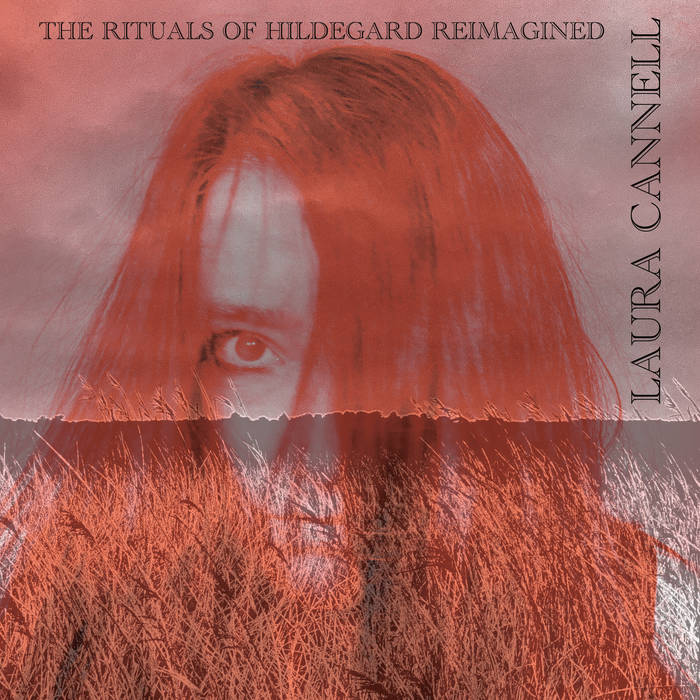Laura Cannell’s music shines a modern light on ancient melodies. The East Anglia-based composer draws on the tenets of early music to inform her works, capturing a spectrum of moods in the process. On The Rituals of Hildegard Reimagined, Cannell looks to one of the beloved composers of medieval monophony, Hildegard von Bingen, for inspiration, crafting her own vignettes inspired by von Bingen’s spiritual melodies. Cannell’s tenth album, The Rituals of Hildegard Reimagined builds on the composer’s prior work by continuing to showcase wafting music that feels like a refraction and reflection of the past.
Von Bingen’s music has been Cannell’s comfort for twenty-five years, and with The Rituals of Hildegard Reimagined, her compositions both interpret von Bingen’s work with a loving touch and respond to it from her own personal listening experience. She probes the comfort it gives her in times of stress and the mysticism it holds and carries through centuries. In her bass recorder, twelve-string knee harp and delay pedal compositions, Cannell displays an acute attention to texture, using the different qualities of her instruments to weave delicate, ornate layers drawn from von Bingen’s legacy.
Cannell’s music thrives most when she takes the airy, washed-out sound of her bass recorder and mixes it with the twinkling, prickly textures and harmonies of a twelve-string harp to make mysterious palettes. With ‘Earthly Music’, her harp ripples with microtonal crunch and into a cavernous fog; with ‘Everything is Hidden’, delicate rhythmic patterns twinkle and interweave. Elsewhere, she offers her own interpretation of von Bingen’s music, like ‘O Ignee Spiritus’, which finds the piece’s core melody loop on top of a feathery drone, blending the clarity and precision of the melismatic phrase with the shrouded haze of modern ambient music.
While textures and moments like these pop out of the fold, much of the music on The Rituals starts to feel monotonous. Most of Cannell’s melodies slope upward, made of ascending slurs that recede into a pillowy bed, yielding little variation. But with closer ‘A Lost Nightingale’, her ideas coalesce into a sombre yet optimistic meditation. Here, her serene, gentle melodies feel their most poignant, emerging from somewhere deep inside. With each repetition, more layers enter and evolve, growing into a lattice of delicate drones reminiscent of von Bingen’s spiritual sound. In this music, there is tenseness, a necessary uncertainty between the past and the present. But in the end, it leads somewhere deeper, somewhere stronger, somewhere where hope lives on.


